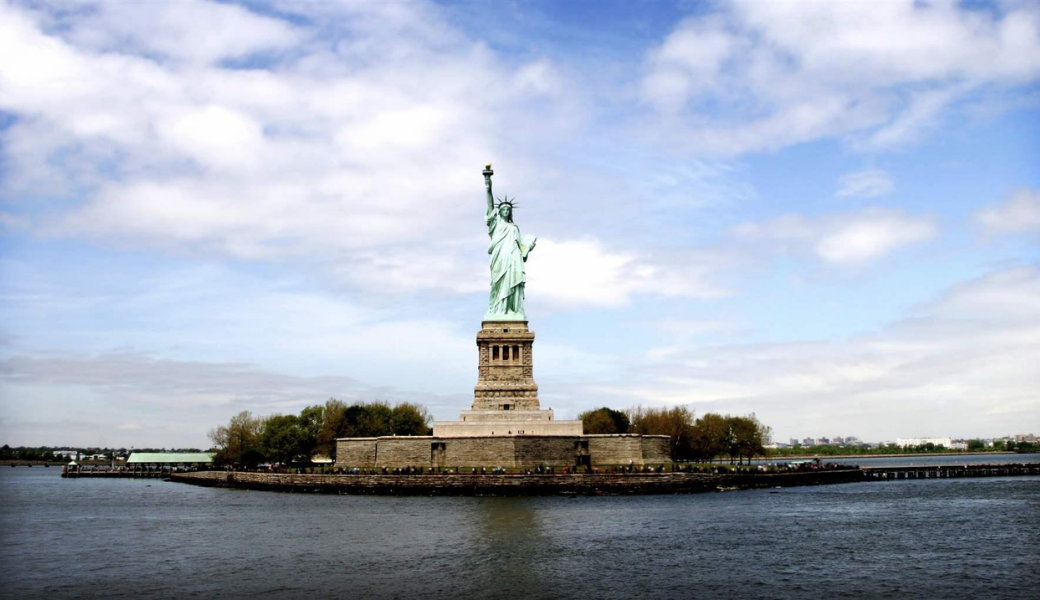Funding From Great American Outdoors Act Supports Intricate Repairs At Historic Sites

When Horace Albright, former superintendent of Yellowstone National Park, became the second director of the National Park Service (NPS) in 1929, he noted that his job was “to consolidate our gains, finish up the rounding out of the Park system, go rather heavily into the historical park field, and get such legislation as is necessary to guarantee the future of the system on a sound permanent basis …” (emphasis added).
Heeding Albright’s call, in 1933, as part of an Executive Branch shake-up, President Franklin Delano Roosevelt transferred management of the War Department’s national military parks and cemeteries to the Department of the Interior, more than tripling the NPS’ investment in historical sites.
Today, the National Park System includes 74 national historic sites and 61 national historical parks. These special places include former military forts, such as Castillo de San Marcos National Monument in Florida and Fort Necessity National Battlefield in Pennsylvania; touchstones of America’s Wild West past, such as Klondike Gold Rush National Historical Park in Alaska and Washington; and areas that commemorate the struggle for equality, including the Selma to Montgomery National Historic Trail in Alabama and Stonewall National Monument in New York.
[...]
The Great American Outdoors (GAO) Act, enacted on Aug. 4, 2020, is instrumental in paring down the maintenance backlog at cultural parks. This law provides $6.65 billion over five years to repair important cultural resources such as monuments and memorials, historic structures and buildings, and national cemeteries, among other park service assets.
Restoring historic structures and landscapes requires a delicate touch, so NPS in 2021 used more than $14 million in Great American Outdoors Act funding to create Maintenance Action Teams (MATs) to make sure that small to medium-sized historical parks get the attention they deserve from the GAO Act. The new program hopes to reduce project costs and leverage limited staffing at the regional level for cultural preservation projects.
Read the full article from The Pew Charitable Trusts here.
Please Sign in to View
Log in to view member-only content.
If you believe you are receiving this message in error contact us at memberservices@rvia.org.
